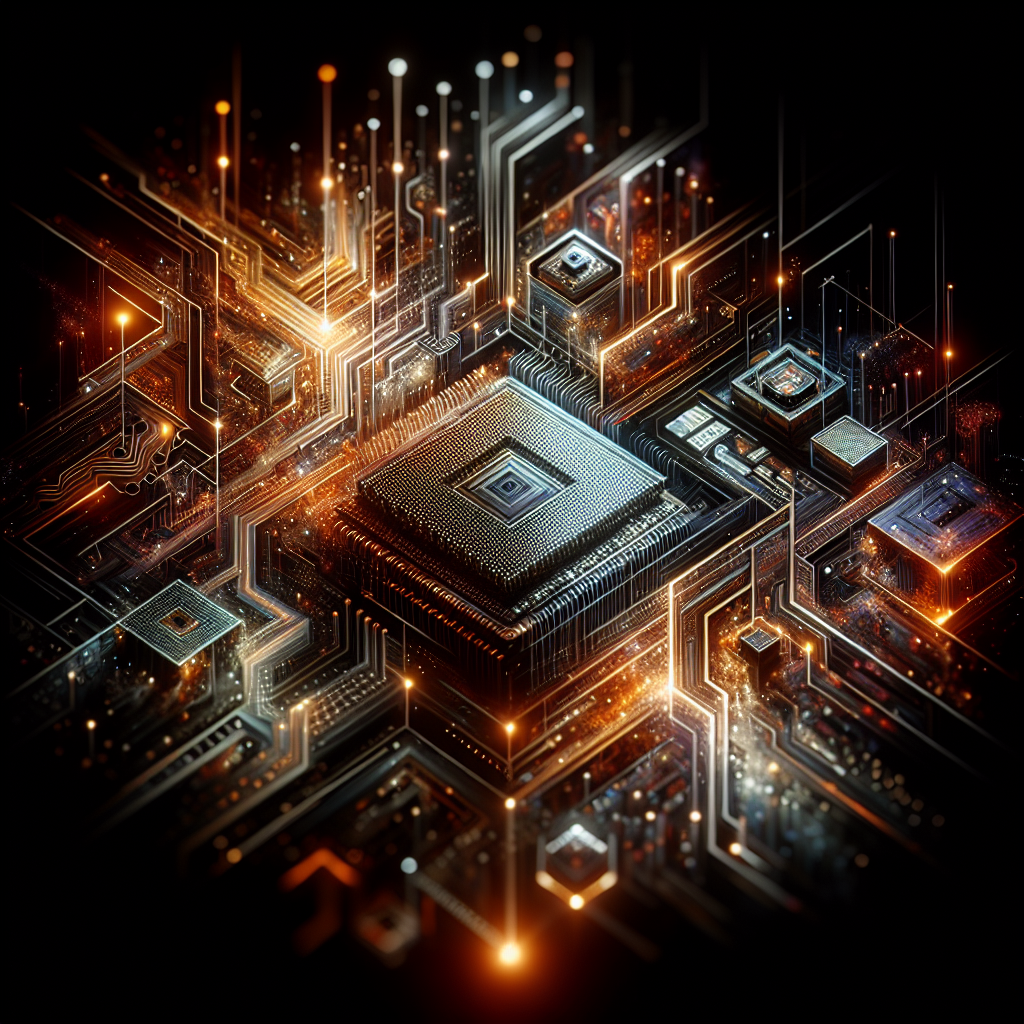Navigating the Turbulent Waters of Modern GPU Markets and Driver Dilemmas
The graphics card market is a raging sea, with waves of technological advancements and driver updates crashing against the shores of consumer expectations and industry standards. With a blend of technical savvy and a zest for the cutting edge, we must explore the depths of this tumultuous environment where AMD and NVIDIA fight for dominance, and the gamers and professionals search for the beacon of reliability and performance in their hardware choices.
The GPU Arms Race: AMD vs. NVIDIA
The fierce competition between AMD and NVIDIA is no secret to anyone with even a modicum of interest in the computing world. From the underdog status of AMD's Radeon drivers to the high tide of NVIDIA's marketing prowess, the battlefield has been as much about frames and benchmarks as it has been about perception and brand loyalty. Let's delve into the intricacies of this race and the perceptions that shape the buying decisions of the masses.
Radeon's Rollercoaster Ride
AMD's Radeon line has been through a journey akin to a rollercoaster, with high expectations set by the RDNA2 architecture, which promised a strong foothold in the market. However, despite the noticeable improvements, AMD seems to have been somewhat clumsy with their RDNA3 launch. Naming conventions, pricing strategies, and performance targets have been a mixed bag, leaving consumers both hopeful and skeptical.
NVIDIA's Pricing Puzzle and Feature Fracas
On the flip side, NVIDIA has been battling its own demons. The company pushed ray tracing as a must-have feature, which, while revolutionary, was perhaps too early for widespread adoption. Coupled with price hikes and features getting axed from previous generations, NVIDIA has walked a tightrope of innovation and consumer alienation.
Consumers Caught in the Crossfire
The consumers, those brave souls sailing the GPU seas, are often caught in the whirlpool of marketing, pricing, and technological advancements. A consumer's journey is not just about picking a card; it's about deciphering the cryptic naming conventions and balancing the value proposition of RAM quantities, power consumption, and real-world performance. Both AMD and NVIDIA have been guilty of muddling the waters with confusing product names and tiered offerings.
The Drivers' Duel: Stability vs. Features
The saga doesn't end at hardware. Software drivers, the unsung heroes (or villains) of the GPU ecosystem, play an equally crucial role in the user experience. AMD's drivers have come a long way in terms of stability and features, casting aside the shadow of their troubled past. Meanwhile, NVIDIA's drivers, while historically revered, have stumbled with issues that admittedly even affect seasoned YouTubers and gaming enthusiasts.
The Unseen Adversary: User Error
An interesting point raised in the source is the role of user error in driver instability. From neglecting chipset driver updates to improper GPU driver installations, the human factor can't be ignored. The complicated ballet of hardware components within a system often leads to unforeseen performance issues, casting undue blame on graphics drivers.
The Inevitable March of Technology
Next-generation games with advanced graphics are like the sirens of the sea, luring the hardware and software to push beyond their limits. This constant push for better, more impressive visual feats spurs on driver updates and hardware revisions at a frenetic pace. But with each leap forward, there exists a potential for instability and incompatibility. This dance between the present capabilities and future possibilities is a never-ending tango that gamers and professionals must join.
The Path Forward: Where Do We Go From Here?
As we gaze upon the horizon, the future of GPUs and drivers is as uncertain as it is exciting. Will AMD's next architectural moves solidify their position? Can NVIDIA balance their pursuit of cutting-edge technology with consumer-friendly pricing and stability? Only time will tell, but one thing is certain: the GPU market will continue to evolve, and with that evolution, the hope for more refined and consumer-centric products grows.
Learning from the Past for a Brighter Future
Both AMD and NVIDIA have valuable lessons to learn from their recent history. Listening to consumer feedback, refining driver stability, and ensuring clear communication regarding product offerings are essential steps toward maintaining and growing their respective user bases. As they chart their course through the treacherous waters of the tech world, one can only hope they take heed of these lessons.
In conclusion, the GPU market remains a dynamic and ever-changing landscape where the only constant is change itself. As consumers navigate this environment, armed with knowledge and a keen sense of value, they will continue to play a vital role in shaping the future of graphics technology. The journey is fraught with challenges, but for those with the tenacity to stay informed and engaged, the rewards are as great as the latest fps benchmark in their favorite AAA title.
For further reading and a deeper dive into the nuances of GPU technology, consider visiting TechPowerUp or AnandTech, both of which provide comprehensive coverage and analysis of the latest trends and products in the world of graphics cards.
Related News
- The Evolving Landscape of GPU Technology: A Zesty Take on Recent Developments
- Navigating the Waters of GPU Market: Nvidia's Tactics and AMD's Countermeasures
- Navigating the Turbulent Seas of Tech: A Deep Dive into the Hardware Ecosystem
- Riding the Silicon Roller Coaster: A Whirlwind Recap of Tech in 2023 and Look Ahead to 2024
- Navigating the Supercharged Terrain of NVIDIA's Latest RTX 4000 Series
